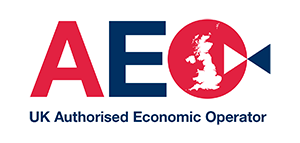Pre-lodgement works by ensuring that the export and import paperwork are BOTH completed before the vehicle checks in at the port of departure (unless it is a transit movement).
This is very different from the temporary storage model where containers can be shipped and even landed before they are customs cleared. The reason RoRo ports have opted for pre-lodgement is because of the volumes of traffic they ship, the lack of space in ferry terminals, and the need to turn vessels around quickly.
CustomsLink can assist you with meeting pre-lodgement requirements.














